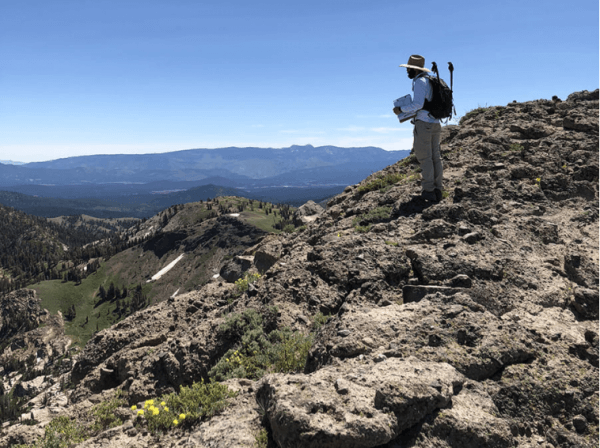New methods of conservation and management of butterfly habitat may be needed to stem the consistent annual decline in the numbers of butterflies over the past 40 years in the western United States, according to a new study published in the journal Science.
“The widespread butterfly declines highlight the importance of careful management of the lands that we do have control over, including our own backyards where we should use fewer pesticides and choose plants for landscapes that benefit local insects,” Matt Forister, biology professor at the University of Nevada, Reno and lead author of the report in Science, said.
The estimated 1.6% per year decline is consistent with reported declines for other insect groups from other parts of the world. The report is unique in covering a wide area of relatively undeveloped land as compared to, for example, studies from heavily populated areas of western Europe.
Read More: University of Nevada, Reno
Chris Halsch, a doctoral candidate in the Ecology, Evolution, and Conservation Biology program of the University of Nevada, Reno, surveys for butterflies in the high elevation Sierran study transect of Castle Peak. The survey, ongoing for 40 years, has found a consistent decline in butterfly population. (Photo Credit: Matt Forister)


